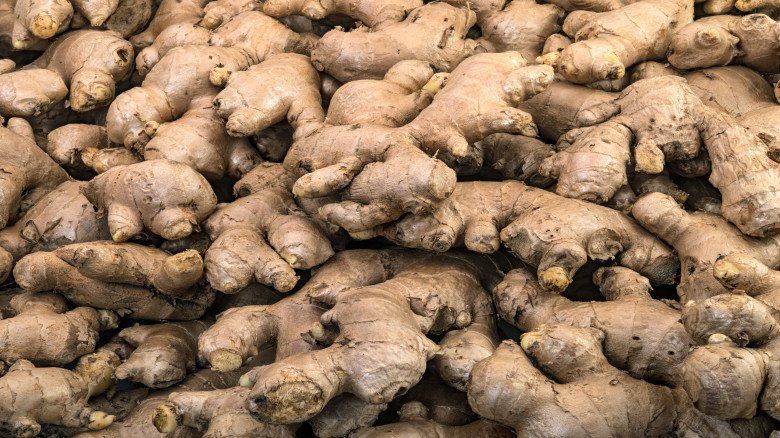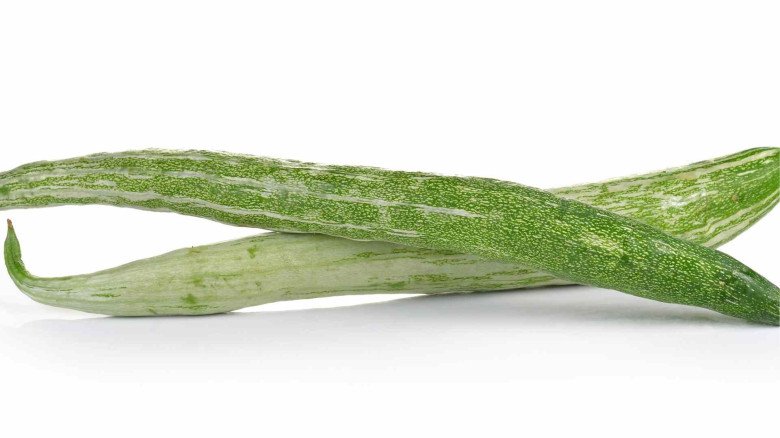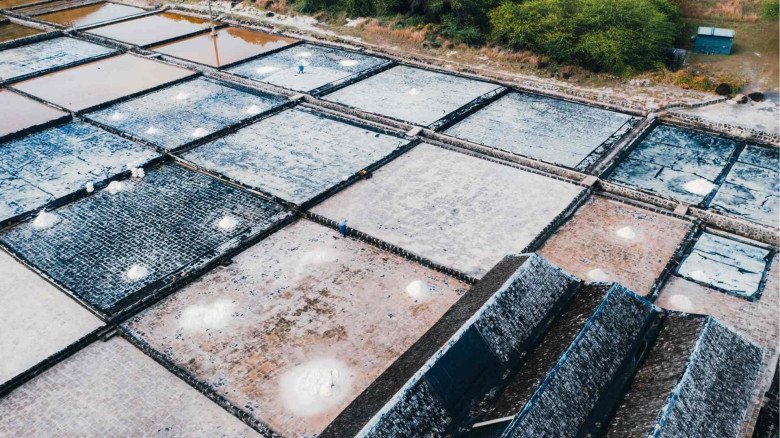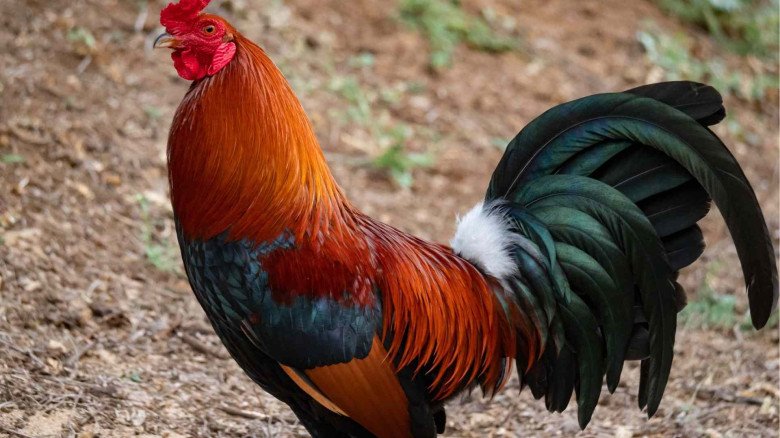The Journey of Coffee Beans to Coffee Powder From Farm to Cup
The conclusion of an intriguing journey that starts with simple coffee beans is the rich aroma that permeates the air when you boil your morning cup of coffee. One of the most popular drinks in the world, coffee goes through a rigorous growing, packing, and distribution procedure before it's ready to drink in your mug as fine coffee powder. Let's explore the complex procedure that turns coffee beans into the delicious powder that gives us a boost in the morning.
Growing and Gathering
Coffee plantations are where the world's supply of coffee powder begins, mostly in the "Coffee Belt," a region of countries around the equator. These areas offer the right elevation, climate, and soil composition for coffee plants to flourish. Arabica and Robusta are the two main species of coffee plants. Robusta is heartier and grows at lower heights than Arabica, which is grown at higher altitudes and is prized for its complex flavours.
Coffee seeds are carefully sown in nurseries to start the process. The seedlings are moved to the fields after they are of an appropriate size. Consistent care is needed for coffee plants, such as routine watering, trimming, and defence against pests and illnesses.
Coffee cherries are tiny, red or yellow fruits that are hand-picked when they become ready, making sure that only the ripest cherries are taken. The careful picking procedure is essential to preserving the beans' flavour and quality.
Compiling
Following harvesting, the beans go through several processing steps:
1. Dry Method (Natural Process): The cherries are laid out to dry in the sun in areas with dry temperatures. The pulp and outer skin shrink as they dry, exposing the coffee bean within. Flavours produced by this technique are frequently fruitier and sweeter.
2. Wet Method (Washed Process): The beans are soaked in water after the cherries are pulped to remove the outer shell. This stage enables the residual pulp to be broken down by fermentation. The beans are then carefully cleaned and dried. Usually, the flavour profile produced by this method is brighter and clearer.
3. Pulped Natural (Honey Process): This hybrid technique removes the skin of the beans just like in the washed process, but some of the pulp, or sticky mucilage, is left on them while they dry. The flavour is made more nuanced by this technique.
Grinding and Organising
The parchment layer that covers the beans is removed by milling them after they have dried. The green coffee beans are then carefully separated by size and density after this. At this point, quality control is essential to get rid of bad beans and guarantee consistency.
Cooking over fire
Roasting is a transforming procedure for green coffee beans. The process of heating coffee beans to high degrees and releasing their unique flavours and smells is an artistic endeavour. The final flavour, which can range from light to dark roasts, is significantly influenced by the temperature and length of roasting.
-logo.webp.png)
.jpg)
-logo.webp.png)


































Leave A Comment